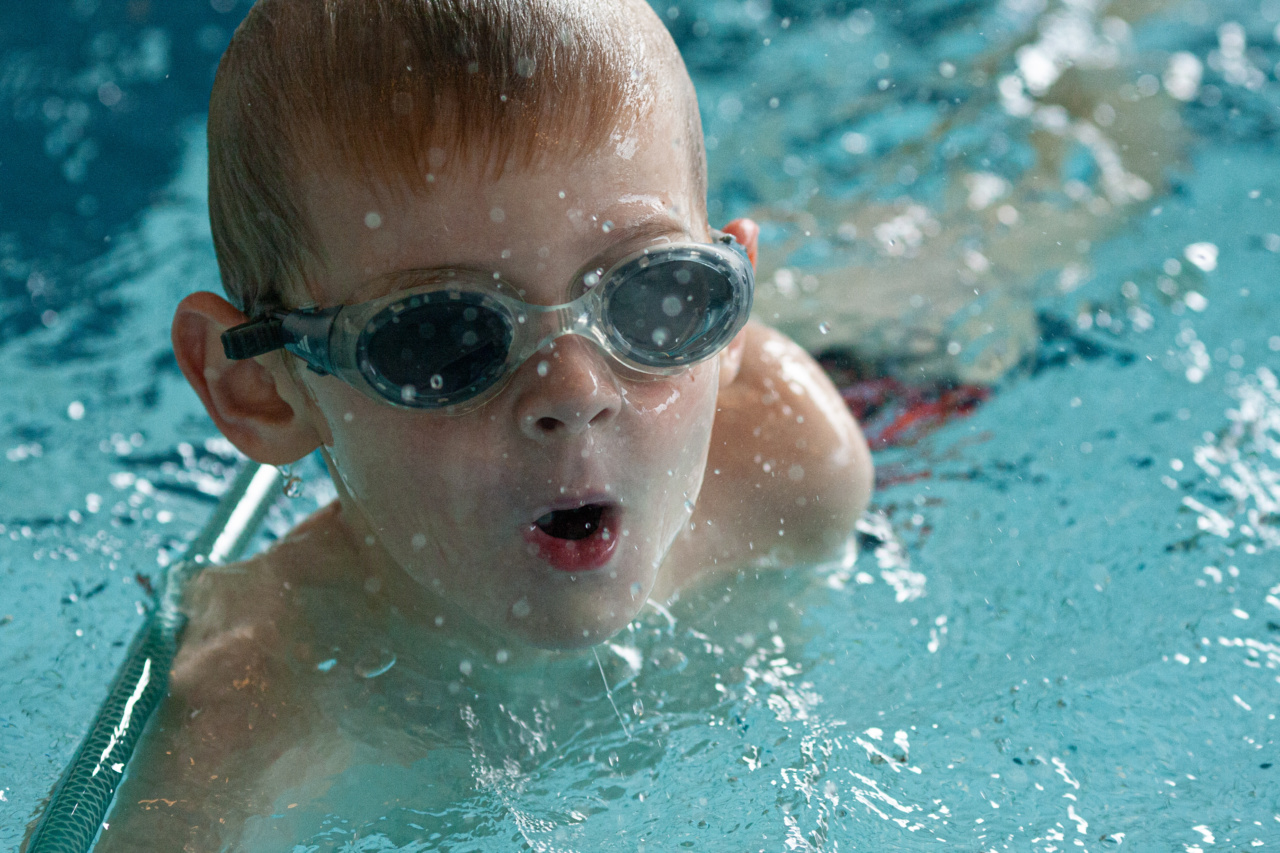The catastrophic tsunami that struck Japan in 2011 left behind a trail of destruction, claiming thousands of lives and causing immense physical damage. However, the impact of this natural disaster extended beyond the visible destruction.
Japanese children, in particular, faced numerous psychiatric challenges as a result of the traumatic experiences they endured during and after the tsunami. This article delves into the emotional and psychological battles these children faced and the various initiatives taken to support their mental well-being.
The Psychological Toll of the Tsunami
The psychological impact of a disaster like the tsunami is significant, particularly on children who are often more vulnerable to the effects of trauma.
Witnessing the destruction, losing loved ones, and being displaced from their homes can have long-lasting psychological consequences. Japanese children experienced a range of psychiatric challenges, including post-traumatic stress disorder (PTSD), anxiety, depression, and grief.
Post-Traumatic Stress Disorder
One of the most prevalent psychiatric issues faced by Japanese children post-tsunami was PTSD. This condition is characterized by intrusive thoughts, nightmares, flashbacks, and hyperarousal, among other symptoms.
Children who went through the traumatic experience of the tsunami were at a higher risk of developing PTSD, which adversely impacted their daily lives and overall mental health.
Anxiety and Depression
The tsunami also contributed to a rise in anxiety and depression among Japanese children. The loss of stability, safety, and routine, coupled with the constant fear of facing another disaster, heightened anxiety levels in children.
This anxiety often manifested as excessive worry, restlessness, and difficulty sleeping. Depression, marked by feelings of sadness, hopelessness, and loss of interest, was another common psychiatric challenge faced by these children.
Grief and Loss
The death toll and devastation caused by the tsunami resulted in immense grief and loss for Japanese children. Losing family members, friends, and homes left a deep emotional scar on these children, leading to complicated grief reactions.
They experienced a myriad of emotions ranging from sadness and anger to confusion and guilt. Processing and coping with their grief required specialized support and interventions.
Efforts to Address Mental Health Needs
Recognizing the urgent need for psychological support, various initiatives were undertaken to address the psychiatric challenges faced by Japanese children following the tsunami.
Counseling and Therapy
Professional counseling and therapy played a vital role in helping children heal from the emotional wounds caused by the tsunami.
Trained therapists provided a safe and supportive environment for children to express their feelings and work through their trauma. Cognitive-behavioral therapy and play therapy were commonly employed therapeutic approaches to aid in the recovery process.
Psychoeducation and Coping Strategies
Psychoeducation programs were implemented to provide children with a better understanding of their emotions and reactions post-disaster. These programs aimed to equip children with coping strategies to manage stress, anxiety, and grief.
Teaching them effective coping skills empowered these children to navigate the challenges of the post-tsunami reality more effectively.
Trauma-Informed Schools
Creating trauma-informed schools was another crucial step in addressing the psychiatric challenges faced by Japanese children.
Training educators and school staff in trauma-informed practices helped create a supportive and understanding environment for students. These schools implemented strategies to regulate emotions, promote resilience, and foster a sense of safety and belonging for traumatized children.
Disaster Relief Organizations
Various disaster relief organizations worked tirelessly to provide psychological support to affected children. These organizations collaborated with local communities and schools to offer counseling, support groups, and therapeutic activities.
By mobilizing mental health professionals and volunteers, these organizations ensured that children had access to the mental health resources they needed to recover from the trauma.
Long-Term Mental Health Care
Recognizing that the mental health challenges faced by Japanese children would persist long after the physical recovery, long-term mental health care was made available.
Regular check-ups, follow-up therapy sessions, and ongoing support were crucial in addressing the enduring psychiatric issues and preventing long-lasting consequences.
Building Resilience and Restoring Hope
Resilience-building programs offered children valuable tools to cope with adversity and foster hope for the future.
These programs focused on strengthening the children’s adaptive skills, promoting positive relationships, and instilling a sense of self-efficacy. By investing in resilience-building, efforts were made to mitigate the long-term psychiatric impact of the tsunami.
Conclusion
The catastrophic tsunami that struck Japan had far-reaching consequences, with Japanese children shouldering a significant psychiatric burden. PTSD, anxiety, depression, and grief were just a few of the challenges faced by these children.
However, through various initiatives and efforts, Japan prioritized the mental well-being of its youngest survivors. By providing counseling, psychoeducation, trauma-informed schools, and long-term care, steps were taken to support the psychological recovery of these children.
As they continue to heal and rebuild their lives, fostering resilience and restoring hope remains paramount in ensuring a brighter future for Japanese children affected by the tsunami.






























